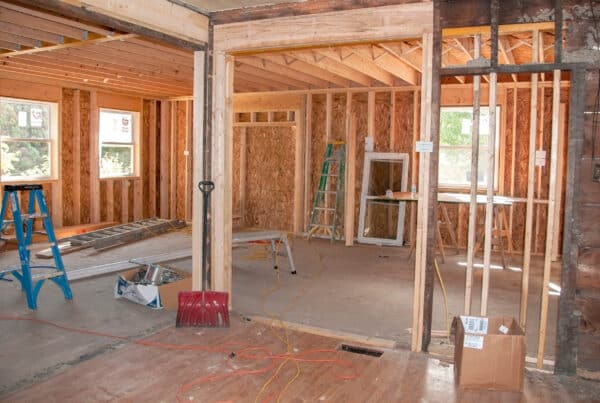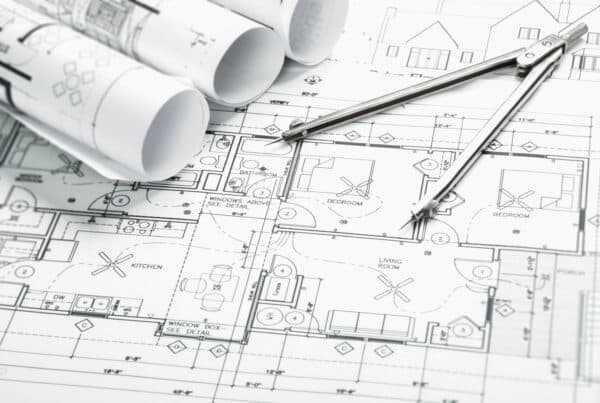When embarking on a bathroom remodeling project, homeowners often face a complex process filled with crucial decisions and meticulous planning. As a construction company with extensive experience in transforming residential spaces, we understand the importance of a well-structured approach to ensure a smooth renovation journey. The initial stages of a bathroom remodel are pivotal, setting the foundation for a successful project. Here’s a step-by-step guide on what comes first in bathroom remodeling, designed to assist homeowners in navigating this transformative endeavor.
1. Define Your Vision and Budget
The first step in any bathroom remodeling project is to define your vision for the space and establish a realistic budget. Consider the functionality and aesthetic you desire, whether it’s a spa-like retreat or a more efficient, modern bathroom layout. Researching current trends, materials, and technology can provide inspiration and help refine your preferences. Simultaneously, setting a clear budget early on is crucial for guiding decisions throughout the project and ensuring that costs remain manageable.
2. Hire a Professional Contractor
Once you have a clear idea of what you want and how much you’re willing to spend, the next step is to hire a professional contractor. A reputable contractor can provide invaluable insights into the feasibility of your ideas, suggest alternatives if necessary, and give an accurate estimate of costs and timelines. Look for a contractor with experience in bathroom renovations, positive reviews, and a portfolio of completed projects. This partnership will be central to the success of your remodeling project.
3. Design and Planning
With a contractor on board, you can move forward with detailed design and planning. This phase involves finalizing the layout, selecting materials, fixtures, and finishes, and obtaining necessary permits. Your contractor will likely provide detailed drawings or digital renderings of the proposed design, allowing you to visualize the finished space and make any adjustments before construction begins. Planning also includes a detailed project timeline, outlining each phase of the remodel and expected completion dates.
4. Demolition and Structural Changes
The first physical step in the remodeling process is often demolition and making any necessary structural changes. This can include removing old fixtures, tearing down walls, and preparing the space for new components. It’s essential to have a clear plan and ensure that all utilities are safely disconnected before starting demolition. If your remodel involves altering the bathroom layout or expanding the space, structural changes such as moving plumbing or electrical wiring will also occur during this phase.
5. Rough-In Plumbing and Electrical Work
Following demolition and any structural modifications, the next step involves the rough-in work for plumbing and electrical systems. This stage is critical, as it lays the groundwork for all the functional elements of your bathroom, such as showers, sinks, and lighting. Professional plumbers and electricians will install pipes and wires according to the new layout, ensuring everything is in place for fixtures and features to be added later. It’s a phase that requires precision and adherence to building codes to avoid any issues down the line.
6. Installation of Flooring and Walls
Once the rough-in work is completed, the installation of new flooring and walls begins. This stage transforms the space, as the chosen materials start to reflect your vision for the bathroom. Whether it’s tile, stone, or another material, proper installation is key to both the appearance and longevity of these surfaces.
Embarking on a bathroom remodeling project requires careful planning and execution, beginning with a clear vision and budget, followed by the selection of a skilled contractor. The initial phases, from design to demolition and the rough-in of essential systems, lay the foundation for a successful remodel. By understanding what comes first and proceeding methodically, homeowners can achieve a renovated bathroom that enhances both the value and enjoyment of their home.





